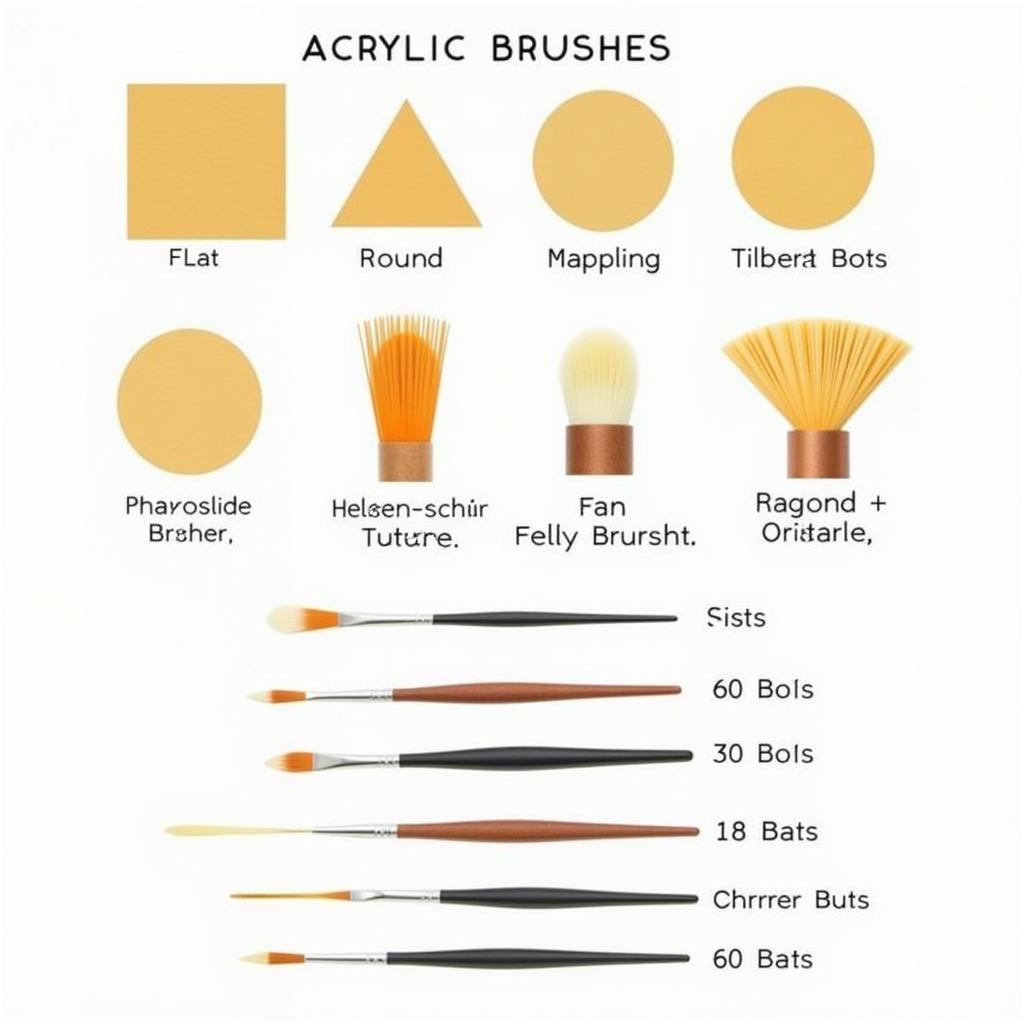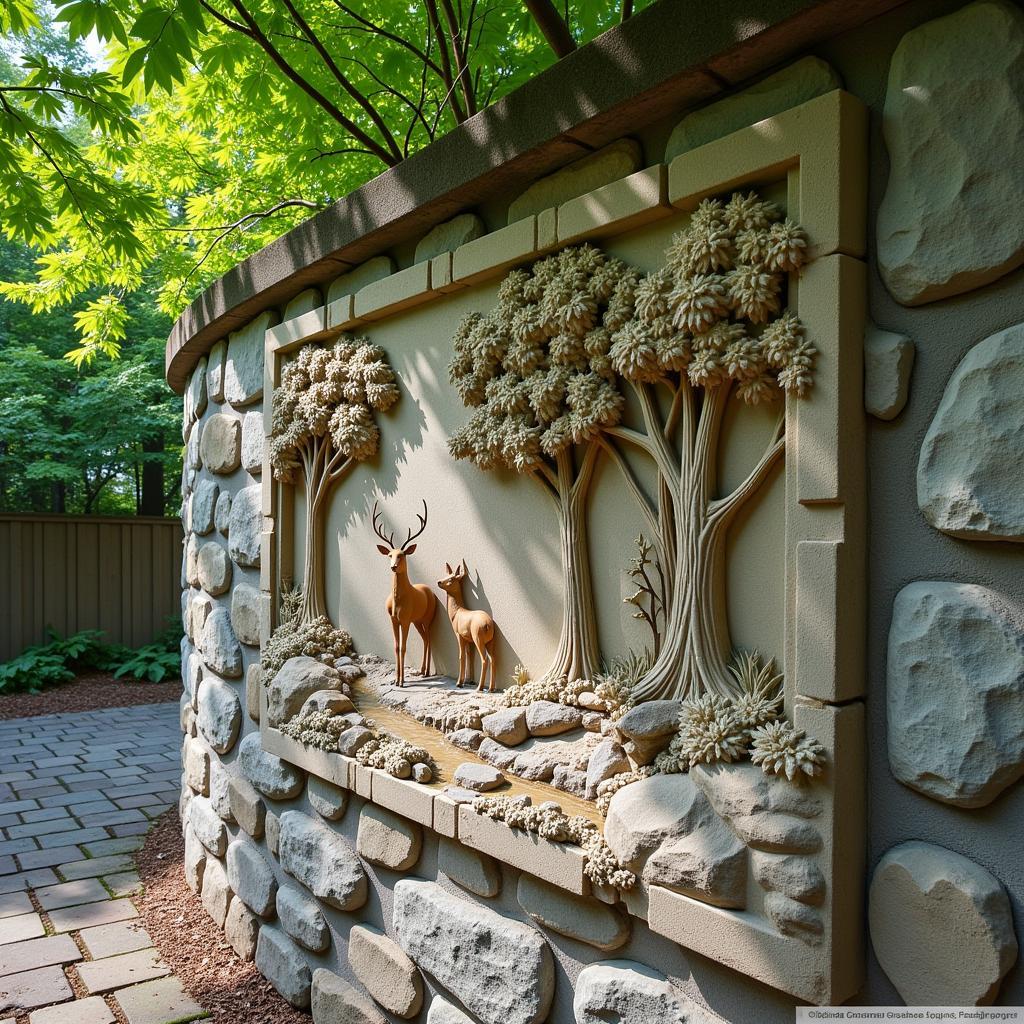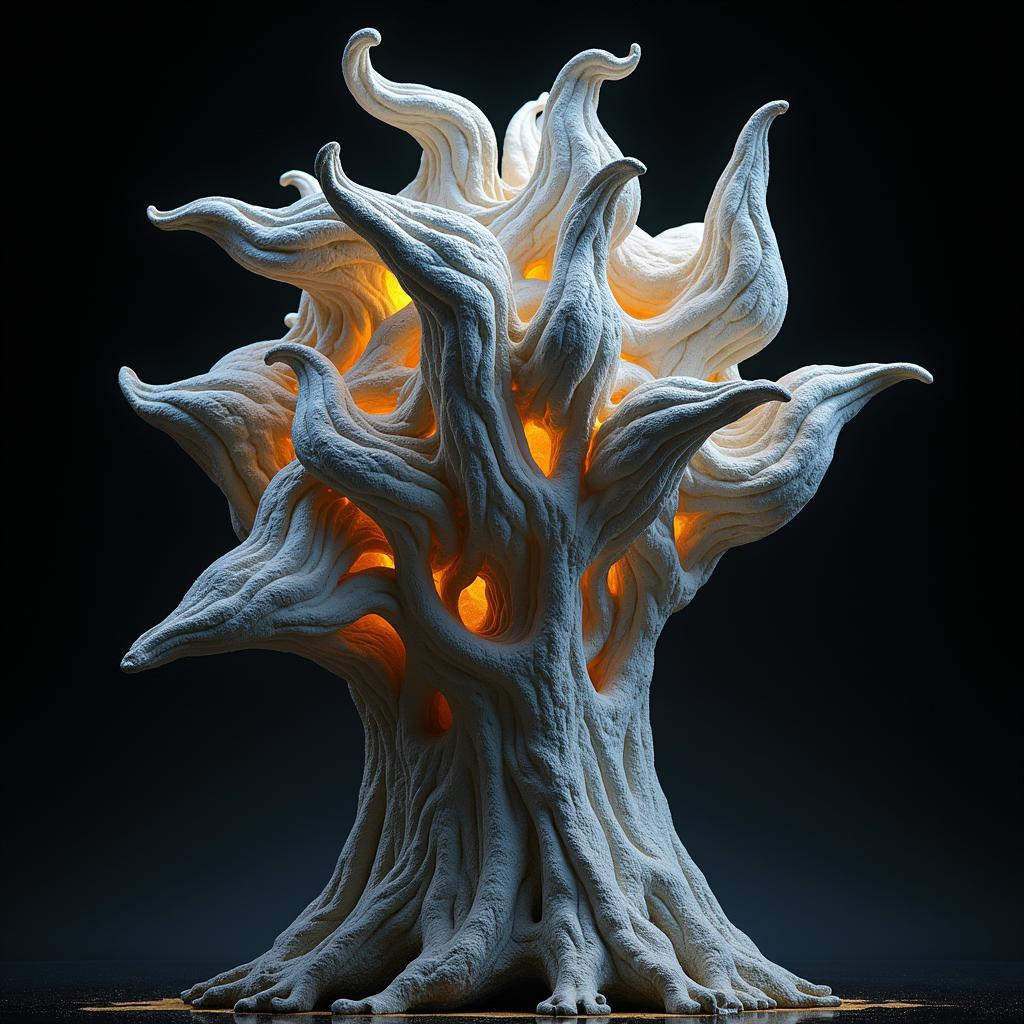Art Nouveau Menorah: A Guide to the Style and History
The Art Nouveau movement, which flourished from the late 19th to early 20th centuries, left an indelible mark on various art forms, including decorative objects like the menorah. Characterized by its organic forms, flowing lines, and intricate details, Art Nouveau Menorahs continue to captivate collectors and enthusiasts alike.
The Allure of Art Nouveau Design
Art Nouveau emerged as a reaction against the industrial revolution’s mass-produced goods, emphasizing handcrafted beauty and natural inspiration. Artists drew inspiration from organic forms such as vines, flowers, insects, and the female form. These elements were stylized and incorporated into designs, creating a sense of movement and fluidity.
Common motifs in Art Nouveau design include:
- Flowing, asymmetrical lines: Unlike the rigid geometry of previous styles, Art Nouveau embraced curves and organic shapes, mimicking the natural world.
- Floral and botanical elements: Flowers, leaves, vines, and other botanical motifs were prominently featured, often intertwined with the object’s structure.
- The female form: The graceful curves and flowing hair of the female figure became a recurring theme, embodying the movement’s emphasis on beauty and elegance.
- Use of materials: Artists favored materials like brass, bronze, glass, and ceramics, often incorporating them in innovative ways to enhance the design’s organic quality.
Art Nouveau Menorahs: A Celebration of Light and Style
The menorah, a significant symbol in Judaism, provided a perfect canvas for Art Nouveau artists to express their creativity. The traditional nine-branched candelabrum, used during Hanukkah, was reimagined with the movement’s signature style, transforming it into a decorative and symbolic object.
Art Nouveau menorahs often featured:
- Bases resembling tree trunks or branches: This reinforced the connection to nature, with the branches gracefully curving upwards to hold the candleholders.
- Candleholders shaped like flowers or buds: These delicate details added a touch of whimsy and elegance, further emphasizing the organic aesthetic.
- Intricate enamel work and gemstones: Vibrant enamel colors and sparkling gemstones were often incorporated, adding richness and visual interest to the designs.
Collecting Art Nouveau Menorahs
Today, Art Nouveau menorahs are highly sought-after by collectors and those seeking unique and meaningful Judaica. Their rarity, coupled with their exquisite craftsmanship, makes them valuable additions to any collection.
When searching for an Art Nouveau menorah, consider the following factors:
- Authenticity: Look for hallmarks or signatures that can help verify the piece’s origin and age.
- Condition: Examine the menorah for any signs of damage, such as dents, scratches, or missing parts.
- Design and craftsmanship: Assess the quality of the design, the intricacy of the details, and the overall craftsmanship.
- Materials: Art Nouveau menorahs were crafted from various materials, each with its own appeal and value.
Whether you’re drawn to the intricate designs, the historical significance, or the symbolic meaning, an Art Nouveau menorah is a beautiful and enduring piece that will continue to captivate for generations to come.



